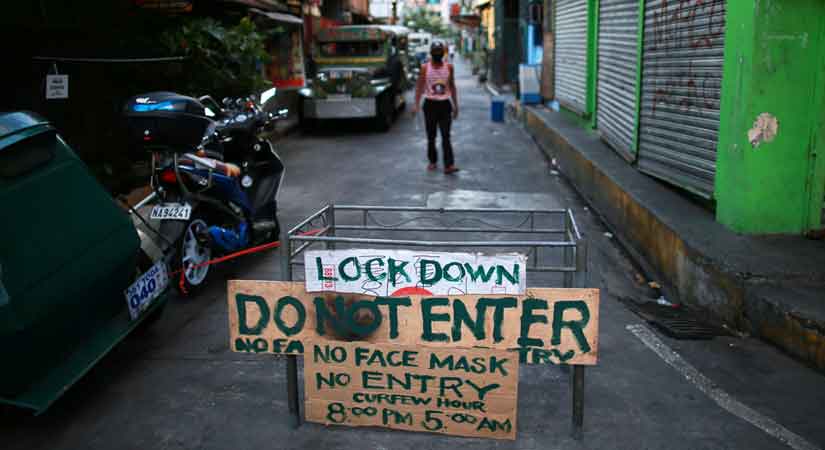
THE International Labour Organization (ILO) said Friday that the Philippines’ lost working hours due to the pandemic amounted to 13.6% of the hours that would have been worked had there been no crisis, the highest such figure in Southeast Asia.
The regional average was 8.4%, with the Philippines’ outsized losses driven by the “stringency and duration of lockdown measures” and inability to contain the spread of the coronavirus.
The ILO detailed its findings in its report, COVID-19 and the ASEAN labour market: Impact and policy response report, which was made public Friday.
ILO Economist Christian Viegelahn, the report’s author, said in a news conference that the hardest hit sectors in the Philippine job market were retail, tourism, construction,, and manufacturing, consistent with global and regional trends.
Mr. Viegelahn also said it is currently difficult to foresee the effects of the new enhanced community quarantine (ECQ), the strictest lockdown setting, on the job market in 2021.
The report also noted that the labor market in Southeast Asia is expected to “deteriorate further,” with the region estimated to lose 6.1% and 6.2% of its working hours in the first and second quarters, respectively.
The ILO does not expect the region’s labor market to recover to pre-pandemic levels by 2022 as COVID-19 cases continue to rise. Its base-case estimate for lost hours is 7.4% this year.
ILO Regional Director for Asia and the Pacific Chihoko Asada-Miyakawa urged countries in the region to “accelerate the policies and programs that will boost the resilience of enterprises, workers and households and set stronger foundations for decent work for all.”
The report laid out solutions from the adoption of the ILO resolution, known as the Global Call to Action for a Human-centered Recovery from the COVID-19 Crisis that is Inclusive, Sustainable and Resilient, such as supporting small businesses, investing in skills development, protecting migrant workers, and gender-responsive approaches to employment. - Russell Louis C. Ku



